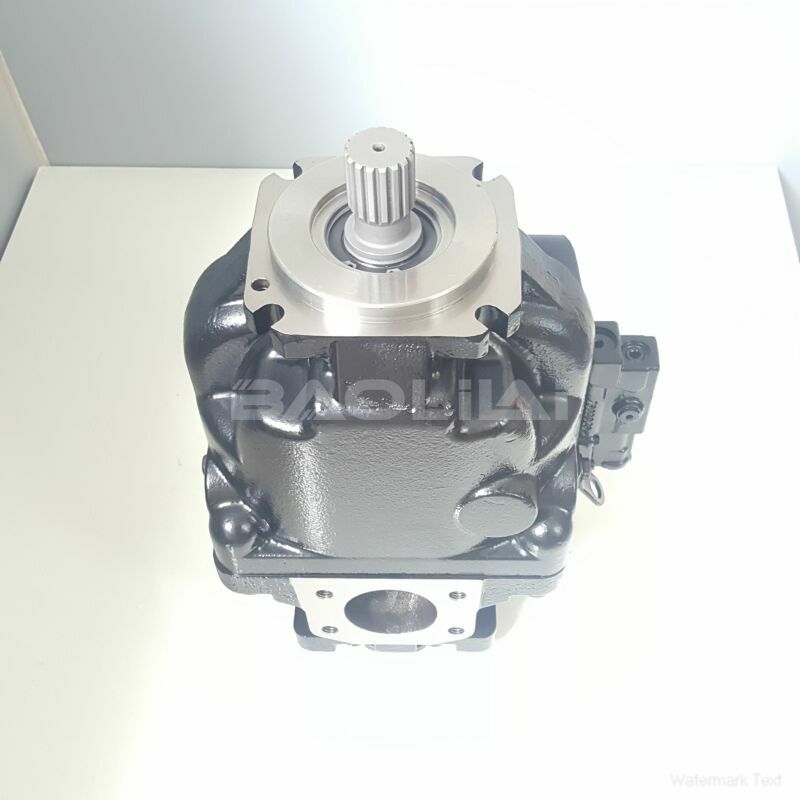ERL130BBS2920NNN3S1BPA1NAAANNNNNN sauer danfoss pump
ERL130BBS2920NNN3S1BPA1NAAANNNNNN sauer danfoss pump

- Product Details
- Applicable Scene
Installing a plunger pump in an automated system requires careful planning and precision to ensure optimal performance and longevity. Plunger pumps are widely known for their efficiency in handling various types of fluids under pressure. Following the correct installation procedures will not only help in achieving desired operational performance but also enhance the reliability of the entire system. Here are the essential steps to properly install a plunger pump in an automated system.
ER-L-130B-BS-29-20-NN-N-3-S1BP-A1N-AAA-NNN-NNN
ERL130BBS2920NNN3S1BPA1NAAANNNNNN
Select the Right Pump:

83037546
Before installation, it’s crucial to select a plunger pump that meets your system’s requirements. Consider factors such as flow rate, pressure specifications, fluid characteristics, and compatibility with other system components. Refer to the pump’s technical data sheets and consult with manufacturers if necessary.
Gather Necessary Tools and Materials:
Ensure you have all necessary tools and materials on hand, including wrenches, screwdrivers, alignment tools, sealing materials, and any specific components required for the automated system integration. Having everything ready will streamline the installation process.
Prepare the Installation Site:
Clear the area where the pump will be installed. Ensure that the surface is level and that there is adequate space for maintenance access. Check for any potential hazards and ensure that the site meets the pump’s installation guidelines.
Install the Pump:
Begin by positioning the pump in its designated location. Secure it to the foundation or mounting surface using appropriate fasteners. Make sure the pump is mounted level to prevent issues during operation. Use leveling tools to check the alignment before tightening the mounting bolts completely.
Connect the Inlet and Outlet:
Carefully connect the inlet and outlet piping to the pump. Use the appropriate sizing and material for the pipes to prevent leaks and ensure flow efficiency. Apply sealing tape or thread sealant where necessary to ensure a tight connection. Tighten the connections with the proper tools without over-torquing.





